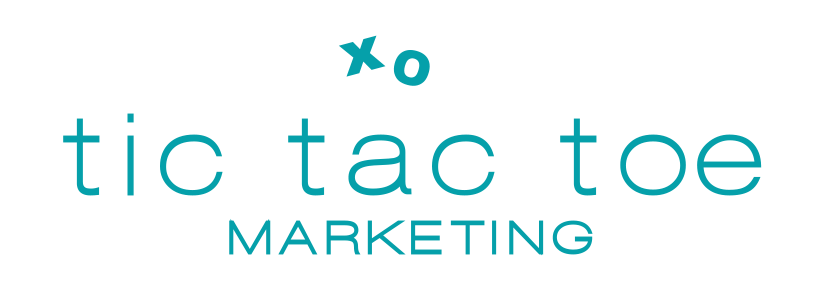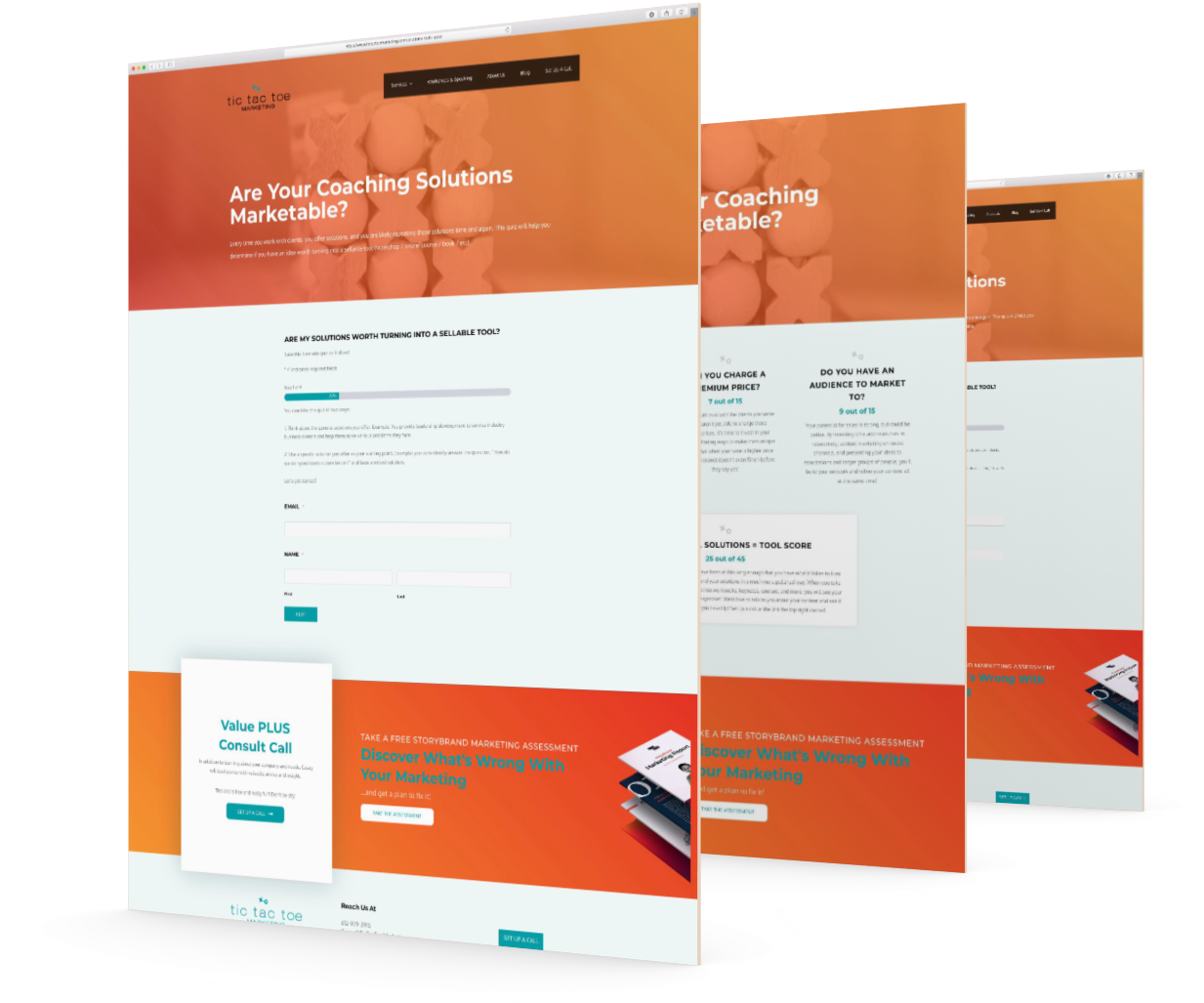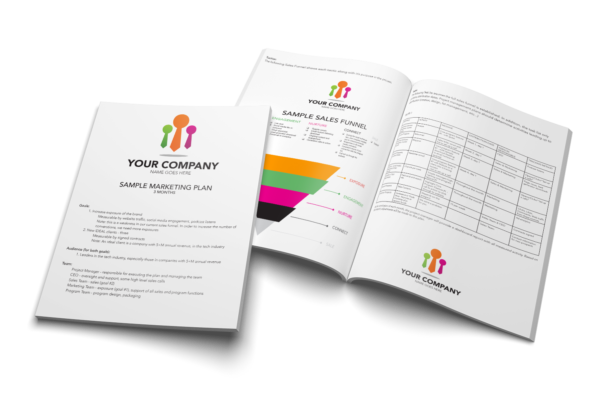In today’s digital age, a well-crafted website is an essential tool for coaches to reach and connect with their target audience. However, a website is more than just an online presence; it’s an opportunity to tell a compelling story that resonates with potential clients. This is where the StoryBrand Framework comes into play. In this article, we’ll explore how you can build a captivating coaching website using the principles of the StoryBrand Framework.

Tic Tac Toe Marketing’s Owner and CEO, Casey Fuerst, is a Certified StoryBrand Guide. We are committed to using this framework for all the clients we serve.
Understanding the StoryBrand Framework
The StoryBrand Framework, developed by Donald Miller, is a powerful approach to marketing that draws on the structure of classic storytelling. At its core, the framework guides you in creating a narrative that engages your audience and compels them to take action. The framework consists of seven key components:
- Character (The Customer): Every story needs a protagonist, and in the context of a coaching website, your clients are the heroes. Understand their desires, fears, and challenges to create a relatable character.
- Problem (The Challenge): Clearly identify the challenges your clients are facing. Address their pain points and establish an emotional connection by showing that you understand their struggles.
- Guide (The Coach): Position yourself as the knowledgeable and empathetic guide who can help clients overcome their challenges. Your role is to assist them on their journey.
- Plan (The Coaching Process): Lay out a step-by-step plan that outlines how you’ll guide clients toward their desired outcomes. This plan provides clarity and reassurance.
- Call to Action (Engagement): Encourage visitors to your website to take action. Whether it’s signing up for a free consultation or subscribing to your newsletter, make your calls to action clear and compelling.
- Success (Results and Transformation): Showcase the positive transformation your clients can achieve through your coaching. Share success stories and outcomes to build credibility.
- Failure (Consequences of Not Engaging): Highlight the potential negative outcomes of not seeking coaching. This creates a sense of urgency and emphasizes the value you offer.
Applying the StoryBrand Framework to Coaching Websites

Character
Identifying your target audience and understanding their needs.
Start by defining your coaching niche and specialization. Create detailed customer personas that help you understand your audience’s motivations, pain points, and aspirations.

Problem
Addressing the challenges and pain points of your audience.
Identify the common struggles your clients face and frame them in a way that resonates emotionally. This helps your audience feel understood and heard.
StoryBrand breaks the problem into three types: External, Internal and Philosophical. The external problem is a fact (You need a coach). The internal problem is a feeling (You feel stuck in your business). The philosophical problem is an ‘ought/should/deserve’ statement that your audience can rally around (You Need a Coach).
On a website, try using your philosophical statement as your headline. It doesn’t always work, but if you have a really powerful statement that tells the audience what you do, it can be a powerful attention grabber.
Remember—You solve lots of problems for the people you serve, but in your core message, it’s important to choose just one! Don’t worry. This isn’t like a logo that you can’t change. If the problem you choose to focus on isn’t getting the results you want, you can change it. In fact, you should test different problems to find out which works best in getting their attention.

Guide
Presenting yourself as the expert coach. Tell them why you are the right person to help solve their problem.
Craft a compelling brand story that highlights your journey, expertise, and relatability. Show potential clients that you’ve walked the path they’re on. When you do this well, you express empathy.
Then, build on that with authority. Yes, your credentials are important. More important are testimonials, case studies, and logos of companies you’ve done work with.

Plan
Outlining the coaching process.
Break down your coaching approach into clear and actionable steps. Use storytelling to illustrate the journey clients will take with you, making it easier for them to visualize their own transformation.
We recommend a three-step process. There isn’t one right way to do this. Any process that helps your prospect get a sense for how you work with people is good. It also builds authority when you are able to describe the process.

Call to Action
Encouraging user engagement.
Design eye-catching and persuasive calls to action that guide visitors toward taking the next steps.
Storybrand encourages two calls to action. The first is a direct call to action. In the coaching world, this is almost always, “Set up a call.” The second is a transitional call to action. In the event that your prospect isn’t ready to set up a call yet, you don’t want them to walk away. So, you offer something to them in exchange for an email address. This is also called a lead-generator. When you offer valuable resources such as e-books, webinars, or free consultations, you can capture their email address so you can nurture the relationship through an additional channel.

Success
Painting a picture of the transformed state.
Put success all over your website. Success shows up in photos, case studies, aspirational images, bulleted lists, testimonials, and more.

Failure
Conveying the consequences of inaction.
Gently remind your audience of the potential negative outcomes if they don’t take action. Frame this in a way that motivates rather than scares. In coaching, the failure is often the status quo. Remind them of the problem they have.
Designing Your Story-Driven Coaching Website
Building Platform
When you are gearing up to building your StoryBranded coaching website, choosing a user-friendly website platform is essential. Opt for a platform that aligns with your technical skills and offers the customization you need. We always recommend building on wordpress. It is the most stable and functional platform out there. However, it isn’t the most user-friendly for newbies.
Design
Select a template or design a layout that reflects your brand story and resonates with your audience.
Incorporate visual elements such as images and videos that support your narrative and evoke emotions.
Responsiveness
Ensure your website is mobile-responsive and has fast loading times for a seamless user experience.
Optimize for SEO
Optimize your website for SEO to increase its visibility and attract organic traffic.
Don’t want to do-it-yourself? We build coaching websites using the StoryBrand framework. Let’s talk!
Crafting Compelling Website Content
A typical coaching website has the following pages:
HOME
SERVICE/PROGRAM
- Service/Program 1
- Service/Program 2
- Service/Program 3
ABOUT US
- Our team
- The way we work (frameworks/philosophies)
BLOG
Other pages might include:
- Case Studies
- Resources
- Assessments
- Podcast




